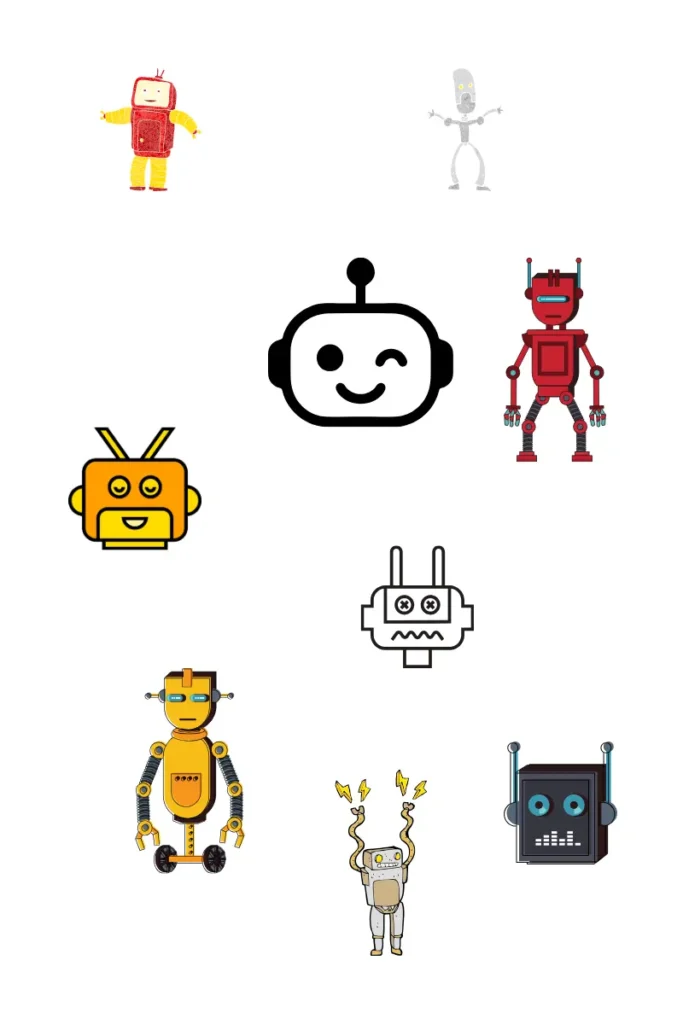If you want your website to show up in Google, Bing, ChatGPT, and local search tools powered by AI, there’s one tiny file that holds massive power over your visibility, and most people forget it exists.
That file is your robots.txt.
The robots.txt file is a small text file that sits in the root of your website (e.g., yourwebsite.com/robots.txt). It acts like a set of instructions for bots, also called web crawlers, that visit your site.
These bots include:
Search engine crawlers like Googlebot and Bingbot
SEO tools like Ahrefs, Semrush, and Moz
And increasingly, AI bots that power tools like ChatGPT, Bing Chat, and Google’s SGE
In simple terms: If your site were a house, the robots.txt file is the sign on your door that says, “Welcome in!” or “Do not disturb”.
When it comes to SEO, your website must be crawlable and indexable before your content has a chance to shine.
You can write the best content in the world, but if crawlers and AI tools can’t access it, it won’t show up in Google, Bing, or ChatGPT’s answers.
That’s why the robots.txt file is the first thing bots check when they visit your website.
Every search or AI bot begins its visit to your site by checking the robots.txt file. From there, it decides:
What to crawl
What to skip
Whether to trust your site structure
Where to find your sitemap
If this file is missing or misconfigured, it can:
Accidentally block important pages (like blogs or services)
Create crawl errors that harm your visibility
Prevent newer AI bots from discovering your content at all
Traditional SEO is all about ranking in search engines.
GEO (Generative Engine Optimization) is the evolution of SEO, and its about showing up in AI-generated responses.
That includes:
ChatGPT responses (especially with web browsing or plugins)
Bing AI summaries
Google’s SGE (Search Generative Experience)
Tools like Perplexity or Claude
These platforms use advanced bots that often respect your robots.txt file just like Google does. If your file blocks them, or your content isn’t structured properly, they might skip your site entirely.
That means your brand or content won’t be:
Quoted in AI answers
Cited as a source
Surfaced as a trusted site in conversational search
Robots.txt File
Visit: yourdomain.com/robots.txt

“User-agent: *
Disallow: /”

“User-agent: *
Disallow: /admin/
Allow: /”
or
“User-agent: *
Allow: /”
GEO is about optimizing your content not just for rankings, but for inclusion in AI-generated search answers.
That means making your content:
Crawlable (don’t block bots in robots.txt)
Indexable (submit a sitemap)
Trustworthy (clear structure, strong on-site signals)
Linkable (so it gets cited in answers or summaries)
If AI tools like ChatGPT or Google SGE can’t access, understand, and trust your content, they simply won’t use it.
That’s where robots.txt plays a foundational role. It’s not just a technical file, it’s your invitation to the AI era of search.
In today’s world, SEO isn’t just about Google anymore.
It’s about showing up in AI search, conversational discovery, and smart summaries that shape how people find you.
That all starts with being crawlable.
So before you create another piece of content, check your robots.txt.
Make sure the right bots are invited in.
I work with founders to build SEO strategies that go beyond chasing content trends. We focus on the core elements that truly impact your visibility, from crawlability and analytics to site structure and AI-readiness.
Because creating great content is only half the battle. If your site isn’t properly set up behind the scenes, your efforts could be invisible to both search engines and AI tools.
Before you pour more time and money into content, let’s make sure your SEO basics are solid, so your work gets the visibility it deserves.
Curious where your site stands?
Feel free to reach out for a quick, no-pressure baseline review. I’d be happy to take a look.
Book an appointment with me here.
